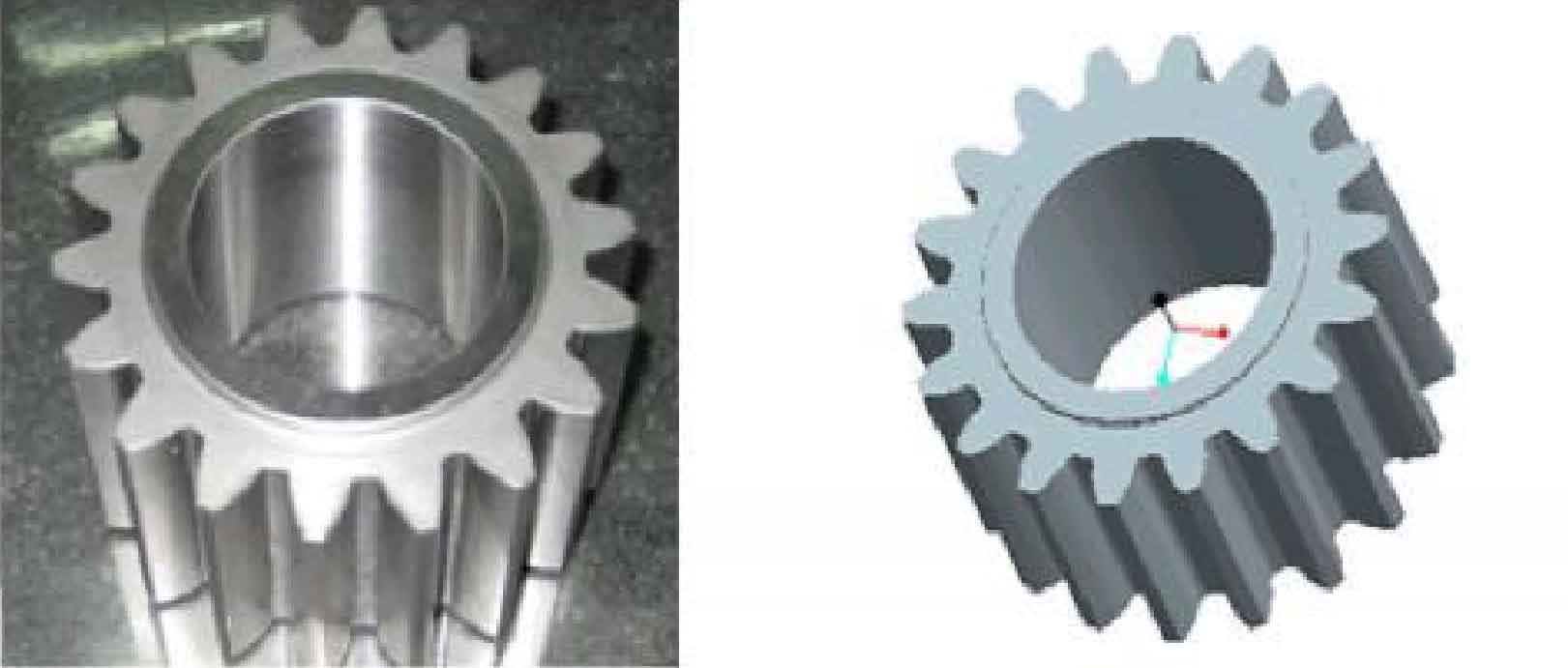The advantages of spur gear ring rolling process include shorter production time, better quality, smaller tolerance and saving a lot of materials. Compared with other production processes such as casting, the working temperature required for spur gear ring rolling production can be reduced, and the material and energy consumption can be reduced. In addition, compared with other technical processes, the main advantage of the workpiece produced in the ring rolling process is the excellent mechanical properties of the working surface, especially the grain size and orientation of the final product. On the other hand, with the increase of workpiece size of spur gear ring rolling, the requirements for factories and equipment are higher. In addition, according to the production settings and stages, the total energy required will also change seriously. In modern society, the impact of production activities on the environment has become increasingly important. It is necessary to understand whether there is any possibility to reduce energy consumption. Reducing material scrap and useless material heating is very important in obtaining the ability of the required parts. This means that the correct definition of the geometry of the middleware (preform) is the basic task to achieve these two objectives.
Spur gear ring rolling is a hot forming process for ring production with high energy consumption. The diameter of the pre core ring and the upsetting ring is enlarged in one step by the pre core roll and the upsetting ring of the rolling mill, and then the diameter of the pre core ring and the upsetting ring is driven by one step. In order to reduce the energy and force energy required for production, it must be noted that they are strictly affected by the speed law applied to the rolling mill (depending on the geometry of the preform and final ring). Therefore, the setting of upsetting and punching is the foundation, which affects the geometry of the preform of the workpiece. Based on this assumption, this paper considers different preform geometries (characterized by different initial Heights) to simulate the spur gear ring rolling process, and also pays attention to the required energy and force (which affects the equipment selection). A factory example is used to verify the finite element model. The maximum load and energy required for ring production are the main data indicators for optimizing the process.

